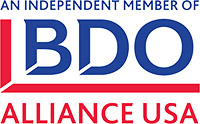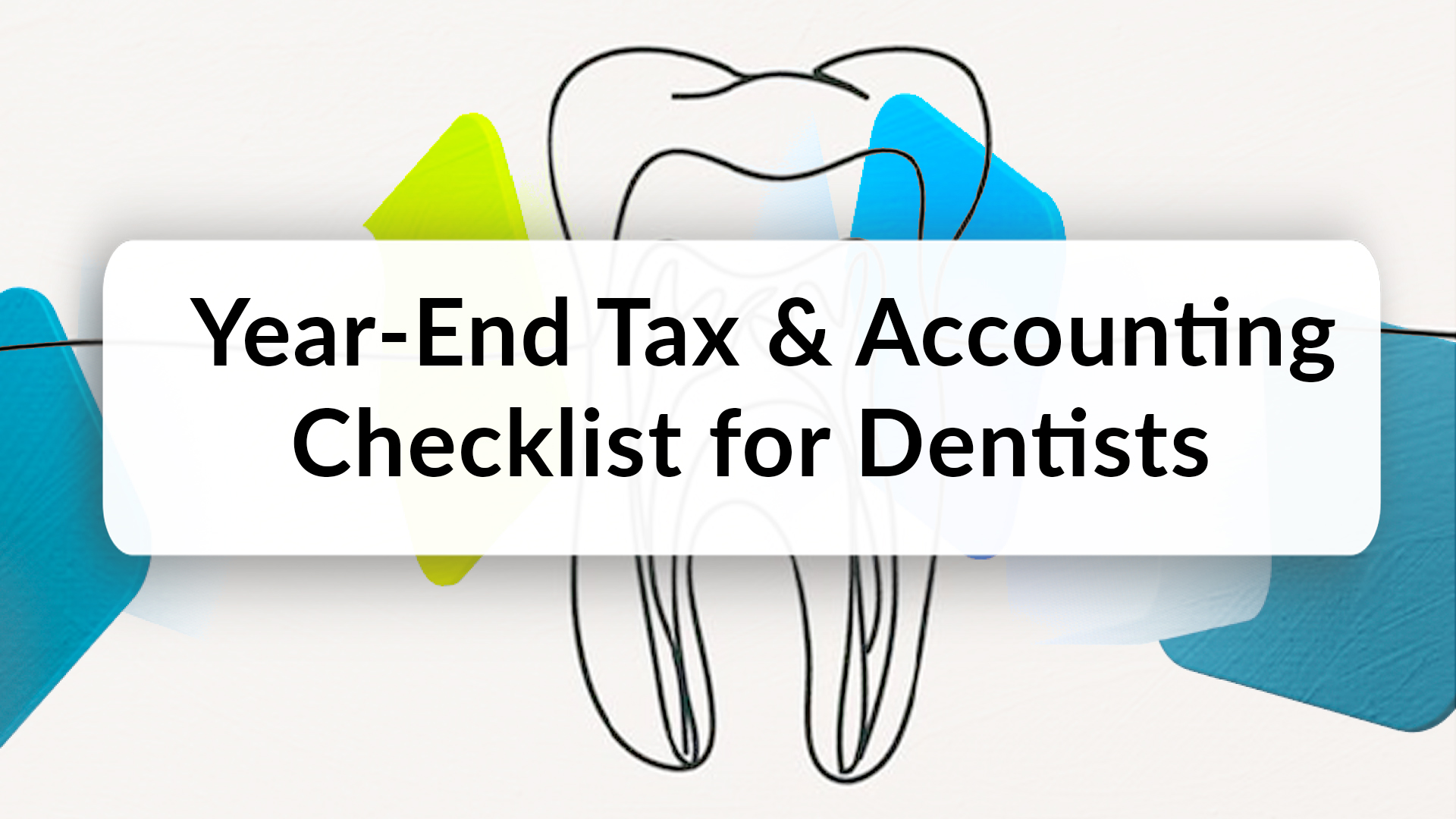In the dynamic world of manufacturing, the evolution of accounting practices is not just a trend but a necessity. The integration of digital tools and technologies has revolutionized how manufacturing businesses handle their finances. In this comprehensive guide, we’ll explore the various facets of these digital changes in manufacturing accounting.
Digital Changes in Manufacturing Accounting: The New Norm
Gone are the days of manual bookkeeping and spreadsheets. The digital era demands speed, accuracy, and efficiency, transforming the traditional accounting landscape in manufacturing.
Embracing Automation
The shift towards automation in accounting processes has been monumental. It’s not just about speed; it’s about precision. Automated systems are now capable of handling complex accounting tasks with minimal human intervention.
Advantages of Automated Systems
- Error Reduction: Automation significantly lowers the risk of human error.
- Time Efficiency: Automated processes save precious time that can be invested elsewhere.
- Real-Time Data Access: Instant access to financial data facilitates better decision-making.
Cloud Computing: A Game Changer
Cloud-based accounting solutions have emerged as game changers. They offer flexibility, scalability, and security, crucial for modern manufacturing businesses.
Why Cloud Computing?
- Accessibility: Access your financial data anytime, anywhere.
- Cost-Effective: Reduces the need for expensive hardware and maintenance.
- Data Security: Enhanced security protocols keep your sensitive financial data safe.
Integrating IoT in Accounting

The Internet of Things (IoT) has found its way into manufacturing accounting, offering real-time monitoring of financial operations.
IoT’s Impact
- Asset Management: IoT enables better tracking of assets, improving financial accuracy.
- Expense Monitoring: Real-time monitoring of expenses leads to better budget management.
Data Analytics: Turning Data into Insights
In the realm of digital changes in manufacturing accounting, data analytics plays a pivotal role. It’s not just about collecting data but making sense of it.
The Power of Predictive Analytics
Predictive analytics in accounting helps in forecasting financial trends, enabling proactive decision-making.
Benefits of Predictive Analytics
- Risk Assessment: Identifies potential financial risks before they become problematic.
- Trend Analysis: Helps in understanding market trends and adjusting strategies accordingly.
The Role of Artificial Intelligence
Artificial Intelligence (AI) in accounting is no longer futuristic; it’s here. AI algorithms can analyze large volumes of data, providing invaluable insights.
AI in Action
- Fraud Detection: AI can identify anomalies that might indicate fraudulent activities.
- Optimized Decision Making: AI-driven insights lead to more informed financial decisions.
Digital Changes in Manufacturing Accounting: Enhancing Compliance
Digital tools ensure adherence to regulatory standards, simplifying compliance.
Simplified Tax Filing
Digital accounting systems streamline tax filing, ensuring accuracy and compliance with ever-changing tax laws.
Easing the Tax Burden
- Automated Tax Calculations: Reduces the chances of errors in tax computations.
- Regulatory Updates: Keeps you updated with the latest tax regulations.
Cybersecurity: Safeguarding Financial Data
In the digital age, cybersecurity in manufacturing accounting cannot be overlooked.
The Importance of Data Protection

Protecting financial data is paramount. Cybersecurity measures are essential to safeguard sensitive information.
Strengthening Cybersecurity
- Regular Audits: Identifies potential vulnerabilities in the system.
- Employee Training: Educates staff on best practices for data protection.
Digital Transformation: Challenges and Solutions
Embracing digital changes in manufacturing accounting comes with its set of challenges.
Overcoming Resistance to Change
Resistance to adopting new technologies is a common challenge. Education and training are key to easing this transition.
Solutions
- Training Programs: Educate employees about the benefits of digital adoption.
- Phased Implementation: Gradual introduction of digital tools to avoid overwhelming the staff.
FAQs
Automation and AI reduce human error, enhancing accuracy.
Yes, many systems offer customizable features to suit specific business requirements.
With advanced security protocols, cloud-based systems are highly secure.
IoT provides real-time data on assets and expenses, aiding in accurate financial reporting.
While some basic understanding is necessary, most tools are user-friendly with training support.
Yes, they provide accurate data and predictive analytics for efficient tax planning.
Conclusion
The digital revolution in manufacturing accounting is not just about adopting new technologies but about a paradigm shift in how we approach financial management. As we embrace these changes, the potential for efficiency, accuracy, and growth is immense. The future is here, and it’s digital.





